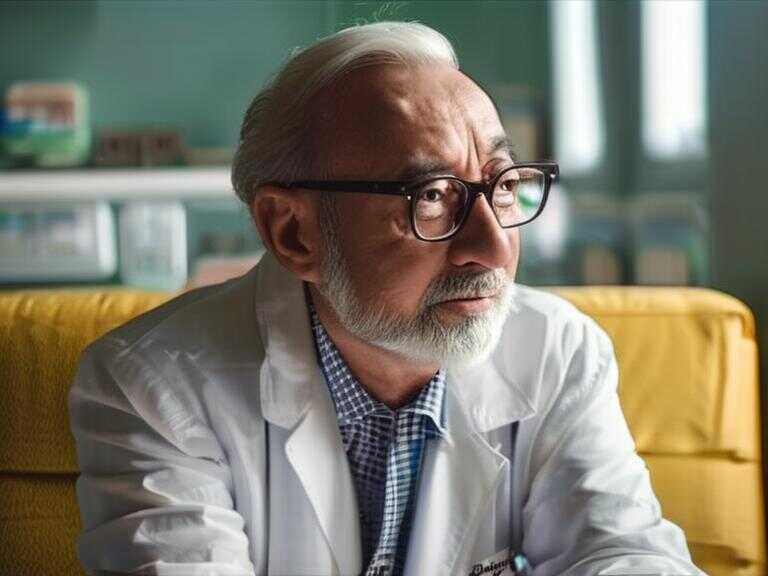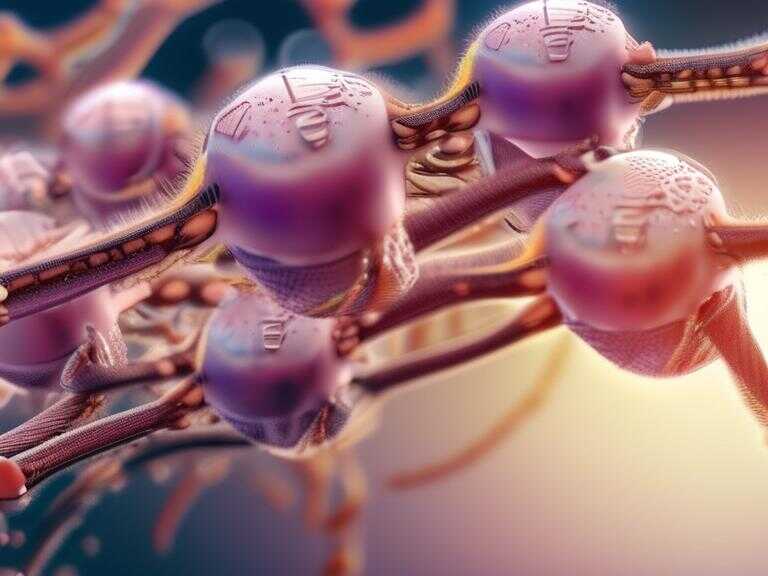
Ninth-Century Bishop's Remains Likely Found in Spain, Linked to Camino de Santiago Creation
Bones found in a Spanish tomb likely belong to Bishop Theodomir, who may have contributed to the creation of the Camino de Santiago pilgrimage.

The discovery of87 remains in a tomb in northwestern Spain has led to new insights about a ninth-century bishop believed to have played a crucial role in the establishment of the Camino de Santiago, one of Christianity's most renowned pilgrimages. The findings, published in the "Antiquity" journal, shed light on the identity and significance of the individual behind this pivotal development in religious history.
Tomb Discovery and Historical Context
In 1955, the remains were unearthed in a tomb situated beneath Santiago de Compostela's cathedral. The discovery sparked interest and speculation regarding the identity of the individual interred there. The oral tradition, later documented, attributes the establishment of the Camino de Santiago to Bishop Theodomir, who allegedly uncovered the burial site of St. James the Apostle between 820 and 830 AD after a divine revelation.
Theodomir's influence spread to King Alfonso II of Asturias, who, upon learning of the discovery, undertook a 90-mile pilgrimage from Oviedo to Santiago, establishing what is now known as the "Primitive Way," the oldest path traversed by pilgrims on the Camino.
Mulitdisciplinary Approach to Analysis
The initial assessment of the remains indicated they belonged to an elderly male, but subsequent evaluation suggested they were those of a female aged between 50 and 70. To gain a comprehensive understanding of the individual's life, a new study led by Patxi Perez-Ramallo from the Norwegian University of Science and Technology employed a multidisciplinary approach. This encompassed bone analysis, carbon dating, stable isotope analysis, and DNA testing to reconstruct the life experiences of the individual.
Reconstructing the Life of Theodomir
The results of carbon-14 dating revealed that the individual died after the age of 45. Moreover, the physical characteristics of the bones indicated a frail build and a lifestyle characterized by minimal physical exertion, aligning with the expected profile of a high-ranking clerical figure during that historical period. Furthermore, it was determined that the remains underwent multiple interments, reflecting practices of canonical burial within a church or cathedral precinct, further underscoring the individual's elevated social standing.
Share news















